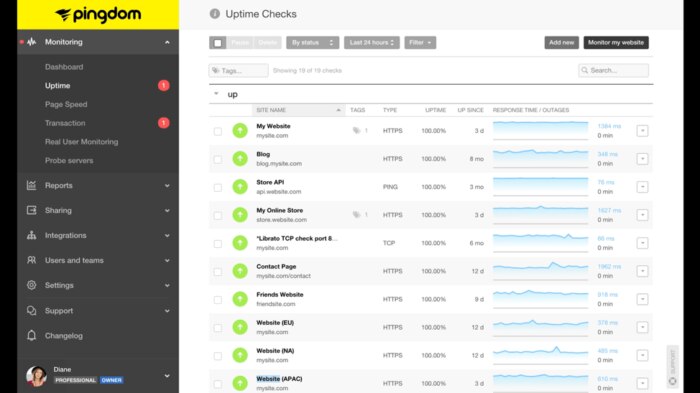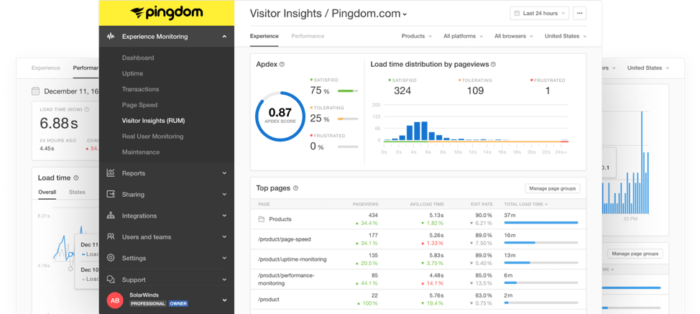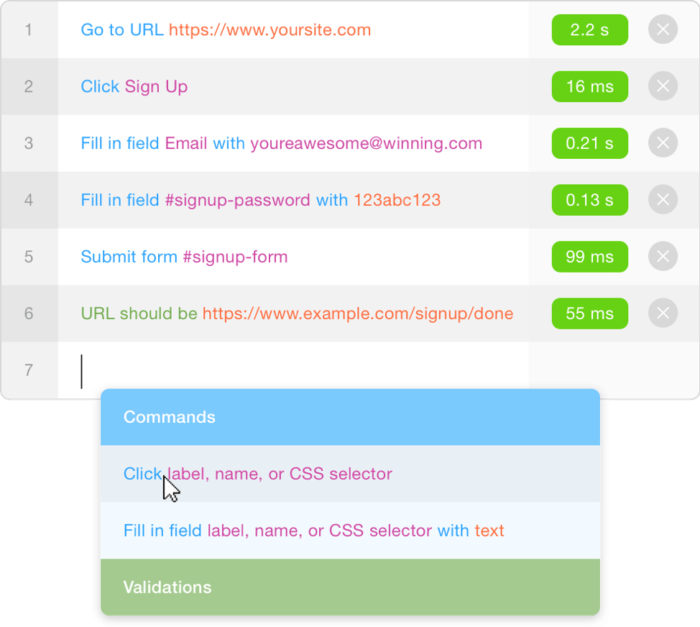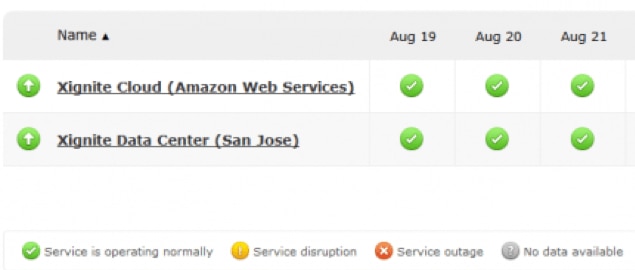Poor digital experience can kill your business. 57% of shoppers have left a slow e-commerce site and then bought from a similar retailer; 23% of shoppers subsequently never returned to the site, according to Yottaa. So even if you provide a positive customer experience nine out of 10 times, the one time you don’t could be fatal.

And while a little downtime here and there is something consumers generally handle without problem, continued downtime, issues with performance, or issues affecting critical functionality are not easily forgiven. Just imagine a retail site not putting products in the basket, an action site not reminding you about the bidding deadline of an item, or your online bank not showing you your transactions. It’s like closing the doors of a brick and mortar store with customers standing outside, wanting to purchase your products.
The big issue with a poor digital experience is in most cases, the customer won’t tell you they’re unhappy. Only one in 26 unhappy customers will actually complain. And the vast majority of buyers are actually willing to pay (up to 13%) more for a great customer experience, according to SuperOffice. This shows investing in tools that help improve customer experience is worthwhile.
If your customers aren’t complaining, monitoring your online business from the customer’s perspective is a key factor in keeping tabs on the digital experience. With the right monitoring, you can track availability, performance, critical functionality, and key transactions to discover and fix issues before they affect your bottom line.

A great place to start monitoring is with the SolarWinds® Pingdom® synthetic monitors for page speed and web application availability. These are easy to set up and immediately start monitoring your crucial webpages. When there’s an issue, the combined power of Pingdom client-side monitoring with server-side monitoring tools like SolarWinds® AppOptics™ lets you quickly identify what’s causing a bad digital experience and why.
Let’s take a bank as an example of applying Pingdom monitoring to keep tabs on the web app’s performance and functionality. The basic monitoring functionality, monitoring the bank landing page’s uptime and page speed, gives a first clue to the state of the site.

A second step would be to gather insights into actual visitors of the site; monitoring the active visitors, bounce rate (percentage of visitors leaving the site after visiting only a single page), and Apdex score (a measure of satisfaction based on the load time). Visitors can be split into regions or countries, device types (like operating system or mobile vs. desktop) to gain deeper insights into the experience of specific groups and surfacing areas of improvement, as these can vary significantly across geographies, browsers, and devices.

Thirdly, monitoring critical transactions using synthetic transaction monitoring helps to see the status of critical functionalities of the online business. For our online bank, transactions include filtering a customer’s transaction records or generating a monthly statement in PDF. Monitoring these transactions allow you to measure customer interaction, so you know where to improve.

The fourth step covers third-party, external dependencies that aren’t directly in your control, but still affect customer experience and your bottom line. By monitoring these third-party components in real time, you’re able to side-step or mitigate any issues that arise before customers are impacted. Payment providers, content delivery networks, or security and performance optimization services are vital parts of any modern web app, but each of these can fail, both within and outside acceptable service levels.
Lastly, gathering telemetry and monitoring key aspects of your site with Pingdom not only give you 20/20 hindsight to triage issues, but the foresight to deal with problems in real time as they emerge, so the customer experience, and in turn your revenue, aren’t affected.
By increasing the coverage of monitoring both in breadth and in depth, more and more aspects of your site are monitored and the monitoring system is able to alert you if anything’s wrong. Great user experience is all about the small details; breaking down your site into all of its small aspects and monitoring them individually will help ensure your online business is here to stay.


























